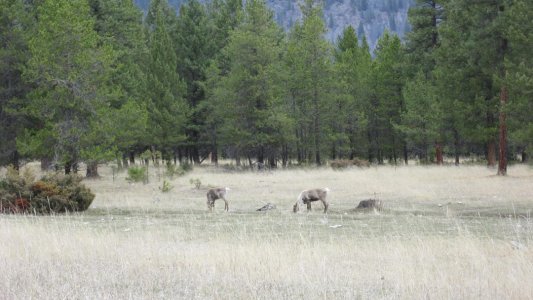fargineyesore
Active VIP Member
I remember reading, was at least few years ago, on one of the threads some statistics showing the majority of Caribou deaths in the Mountains occurred in the non-winter months from predators. It was table I seem to remember. I did try to use the search function but still not able to find it. Maybe I'm not using the search function correctly.
Does anyone remember which thread that was or how I can get those stats?
Need to show to some anti-sledders and would like to have the factual info to back up what I told them.
Thanks.
Does anyone remember which thread that was or how I can get those stats?
Need to show to some anti-sledders and would like to have the factual info to back up what I told them.
Thanks.







